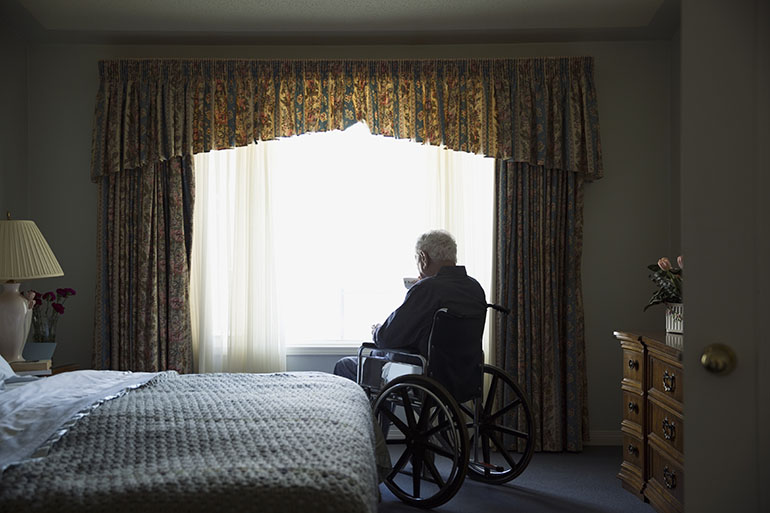The need for affordable fall detection for elderly is becoming increasingly important as the population ages. Falling can lead to serious injuries, especially in older adults. Thus, having a reliable system in place is crucial. In this comprehensive guide, we’ll explore various options available today, ensuring you find the most suitable solution for your loved ones. Let’s dive into the world of safety technology, focusing on affordability and effectiveness.

Why Fall Detection is Crucial for the Elderly
Falls are a leading cause of injury among seniors. Ensuring their safety is a priority for caregivers and families. Fall detection systems provide peace of mind, allowing seniors to live independently with a safety net in place.
Understanding Affordable Fall Detection Systems
There are various types of fall detection systems available. Some are wearable devices, while others are integrated into smart home systems. The key is to find a solution that balances cost and functionality.
Wearable Fall Detection Devices
Wearable devices are popular due to their ease of use. They are typically worn as pendants or wristbands. These devices use sensors to detect falls and alert caregivers or emergency services.
Non-Wearable Systems
Non-wearable systems, such as those using motion sensors, are installed in the home. These systems can be particularly useful for those who may forget to wear a device.
Key Features to Consider
When choosing a fall detection system, consider features such as accuracy, ease of use, battery life, and connectivity. Some systems offer additional features like health monitoring and GPS tracking.
Accuracy and Reliability
Accuracy is paramount. The system should be able to distinguish between a fall and normal activity to prevent false alarms.
Ease of Use
The device should be user-friendly, especially for those who are not tech-savvy. Simple interfaces and easy setup are important.
Cost-Effective Solutions
Affordability is a key consideration. There are many cost-effective solutions available that do not compromise on quality. Research and compare options to find the best fit for your budget.
Subscription vs. One-Time Purchase
Some devices require a monthly subscription for monitoring services, while others are a one-time purchase. Consider your long-term budget when making a decision.
Integrating with Smart Home Technology
Fall detection systems can be integrated into smart home ecosystems, providing a seamless experience. This integration can enhance safety and convenience.
Benefits of Integration
Integrating with smart home devices allows for automated alerts and can connect to other safety features like smoke detectors and security systems.
Real-Life Success Stories
Hearing about real-life experiences can be encouraging. Many families have benefited from these technologies, improving their loved ones’ safety and quality of life.
Frequently Asked Questions
What is the best fall detection device for seniors?
The best device depends on individual needs. Consider factors such as lifestyle, mobility, and budget when choosing a device.
Are fall detection devices covered by insurance?
Some insurance plans may cover fall detection devices. It’s best to check with your provider for specific coverage details.
How do fall detection systems work?
These systems use sensors to detect sudden movements or impacts. They then send alerts to designated contacts or emergency services.

Conclusion: Prioritizing Safety and Peace of Mind
Investing in an affordable fall detection system for the elderly is a proactive step in ensuring their safety. With the right device, you can provide peace of mind for both the elderly and their caregivers. As technology advances, these systems become more accessible and affordable, making it easier to protect our loved ones.
This article contains affiliate links. We may earn a commission at no extra cost to you.






